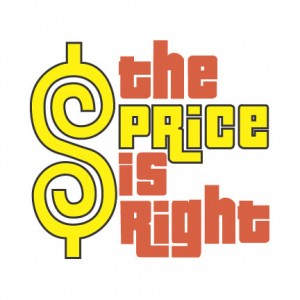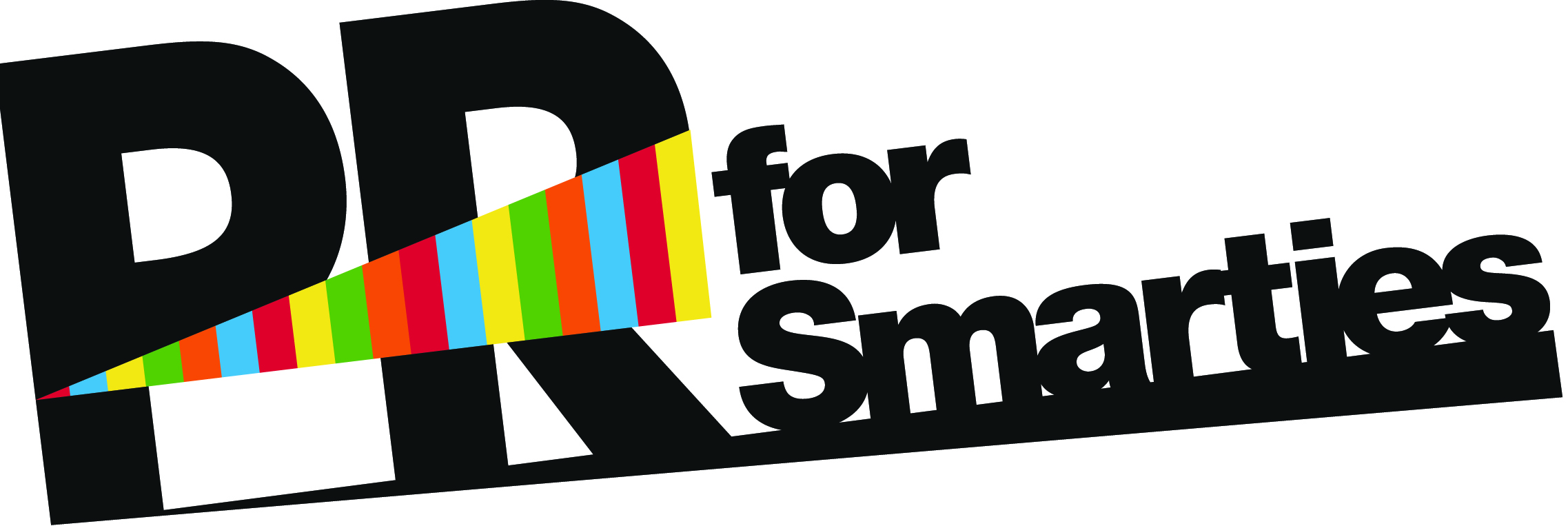 Over at 2AM Theatre, there’s been a lively discussion going on about free theater vs. paid theater. And it got me thinking about money and its applications in for profit world. And, yes, the for profit world makes just as many mis-steps (if not more) as the non-profit.
Over at 2AM Theatre, there’s been a lively discussion going on about free theater vs. paid theater. And it got me thinking about money and its applications in for profit world. And, yes, the for profit world makes just as many mis-steps (if not more) as the non-profit.
In my other life, there is this marketing monster called Spa Week. It is basically a huge multi-city promotion where spas pay a few thousand dollars to be included on a list of places giving $50 treatments for one week. Spa Week takes place twice a year–April and October. In fact, it’s happening right now! (For those interested, check out my NY Spa Week suggestions.)
For many people, Spa Week is a way of life. They load up on treatments from different spas. There are online forums devoted to Spa Week, where seasoned Spa Week attendees swap recommendations on places to go and treatments to try. There are plenty of Spa Week devotees. It’s almost like the beauty industry’s TKTS.
The logic is that Spa Week is a terrific marketing opportunity. And while the appointment books are full for the week, those bookings come at a price. Namely a steeply discounted rate.
In my experience, the rebook rate for Spa Week attendees is low. They don’t like to buy product, they aren’t interested in add on treatments. Often, they aren’t terribly interested in skin care or massage. They are simply there for the deal.
While this is not exactly free, in the spa world, it’s certainly close enough. (Some day we will have the Groupon conversation.)
So is this marketing to your best client base? Do you want patrons who do not value what you are offering? Or are they only interested in your offering because it is free or cheap? Can you build a business on the majority of those clients?
It’s damn hard.
When currency is exchanged for a product or service, that product or service has a perceived value. And while I am certainly a fan of the discount, I do think that free, or something with a discount as steep as Spa Week, mainly attracts a lot of drive-by business. Most don’t have any investment in what you offer.
Now another example from the beauty world. A beauty blog recently gave a fantastic review to a $25 serum from a tiny company. Then this blog found another serum with the exact same formulation being sold for $12. And they were so mad they blogged about it. (And I blogged about them blogging about it.)
But, before they caught this little snafu, they were perfectly happy with the $25 price tag on the originally reviewed product. And while I get that no one likes feeling screwed, I find it fascinating that suddenly they felt that $25 is no longer a fair price to pay. The perceived value of that serum plummeted, even though everything else about it remained the same.
I am just starting to explore the idea of dynamic pricing with a ticketing guru friend of mine. I think the dynamic model is interesting, but it’s a little sticky. It appears to be tantamount to fraud in some circles (not according to Wharton School of Biz though).
And I do think there is something logical to the idea. (I love this Sabernomics post about dynamic pricing at sporting events. Basically, he argues in favor of charging lower prices to games that fans do not value as much. Anyone selling tickets should check it out and mull how this would work with your own pricing structure. It may not.)
So, I throw it over to you. Does your price attract the client or audience base that will help you build your business? Or will it only bring drive-by customers?
